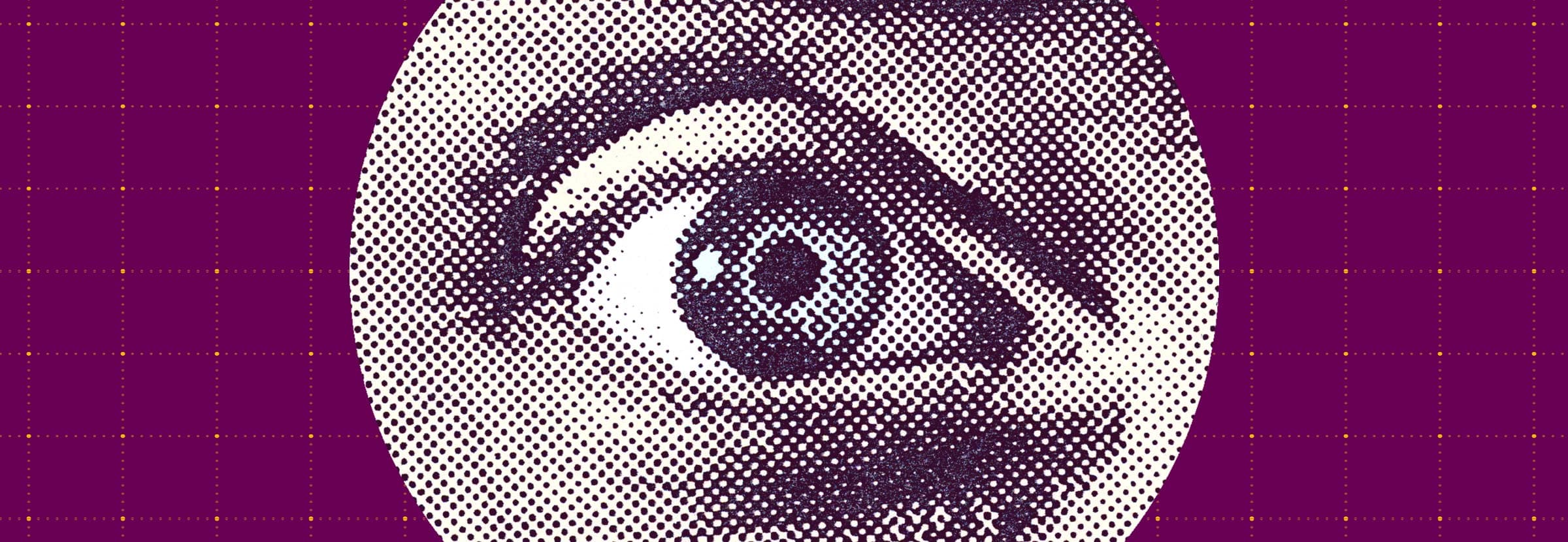The Evolution of Gaze Detection: How Adelaide Is Raising the Standard
Adelaide is the leader in applying attention metrics to assess media quality, and our metric, AU, has been called “the attention economy’s most widely recognized metric” by Adweek. A critical component of Adelaide’s AU media quality ratings is eye-tracking data for all the media channels on which we report. We continually seek out the best-available datasets of the highest quality and precision to use as source data for our AU ratings products.

Best-Available Source Data for Adelaide AU Media Quality Ratings
Today, nearly all attention metrics vendors use eye-tracking data. Over the past decade, the team at Adelaide has become one of the most prolific licensers of eye-tracking data, also called gaze-detection data. AU models leverage data from Amplified Intelligence, Lumen, Tobii, TVision, and most recently, Viomba.

We’ve learned that not all gaze-detection data is of the same quality and precision, and that gaze-detection data capture methods matter. While webcam technology for gaze-detection data capture is cheap to deploy and scale, it has many shortcomings. Infrared gaze-detection technology is more expensive and difficult to scale (Tobii is the only hardware vendor with a scaled product in market), but it produces far more granular and reliable source data. Because of this, we’ve started to shift as much of our gaze-detection data sourcing to infrared technology as possible.

Why Infrared Matters
The research benefits of infrared gaze-detection technology versus webcam-based gaze-detection methods include:
- Significantly less burden on research panel participants since user-specific infrared eye-tracker calibration occurs only once per week instead of several times in a session, as webcams require;
- Improved data fidelity overall since capture devices can differentiate between actual visual saccades and fixations and measure micro-pupil-size variations between visually-detected objects with great precision and accuracy despite user- and session-specific head movements, lighting conditions, presence of eyeglasses, make-up and hair, simultaneous second screening, and mouse/touchpad/keyboard usage;
- Increased granularity and consistency of sample data recorded over long timelines across various viewport sizes reduce the amount of noise introduced into a model, which is commonly found in webcam-based approaches.
Last year, we first introduced infrared gaze-detection data into the AU models through our partnership with Viomba, the only vendor licensed to use Tobii hardware for advertising measurement.

New Adelaide Source Data Partners: Viomba Technologies & Tobii Systems
- In November 2024, Adelaide established a gaze-detection data partnership with Viomba Technologies, founded in 2014 in Helsinki, Finland (www.viomba.com).
- Viomba produces gaze-detection sample data from its own multi-country respondent panel using infrared technology exclusively licensed from Tobii, based in Sweden (www.tobii.com).
- Viomba’s multi-market infrared panels generate millions of in-the-wild empirical samples across thousands of open web domains each month, consistently covering both desktop and mobile platforms. Years of historical datasets already comprise billions of high-quality gaze pathways, saccades, and fixation-level eye-tracking observations, ensuring a steady stream of superior-quality training samples for scalable AI models.
- Tobii is the global leader in infrared gaze-detection hardware solutions and advanced visual-attention computing devices and holds numerous patents in the U.S. and worldwide.
Since 2014, Viomba has operated a panel of Tobii infrared-gaze detection device-equipped respondents in Europe. Now, among other complementary partnership initiatives underway with Viomba’s activation solutions, Adelaide is merging Viomba’s billions of Tobii infrared gaze-detection media measurement samples into its AU media-quality ratings that previously used only webcam-based eye-tracking data.
Adelaide is pleased to partner with Viomba for open web behavioral data even as we continue to leverage other behavioral data from other partners for relevant channels, such as TVision for CTV and linear TV. We will continue to seek out the best available source data for AU ratings across all media channels on which we report.
